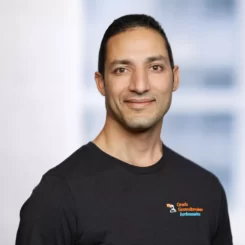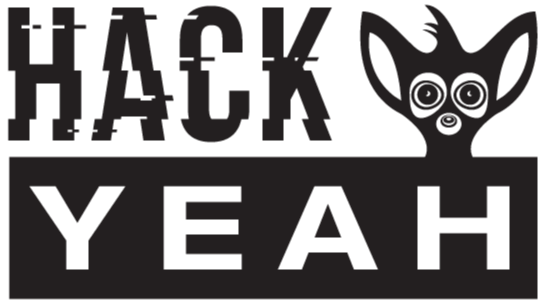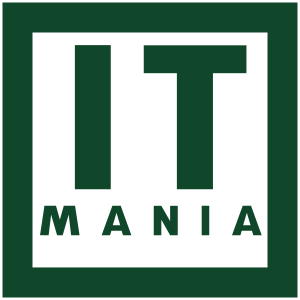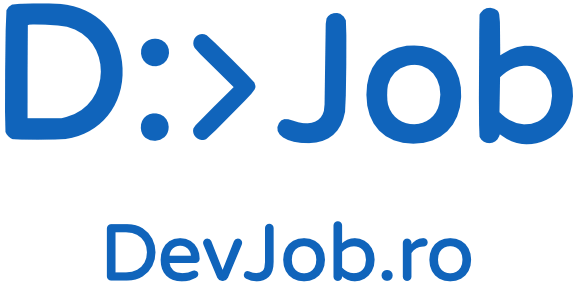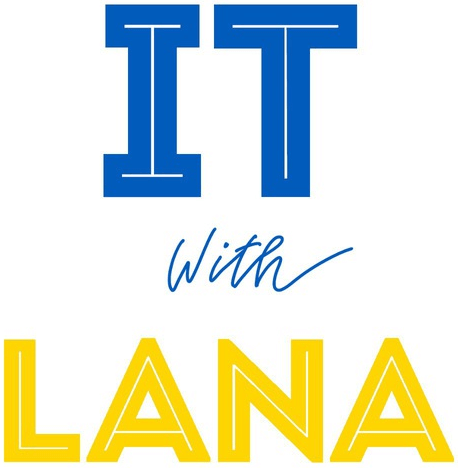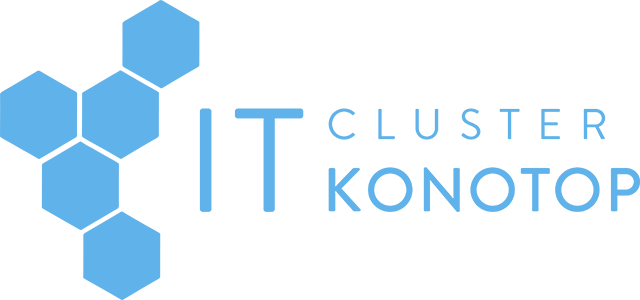Cloud Builders:
Java Conf
Reasons to attend:
1
day
1
track
6+
speakers
500+
participants

Java insights and cases day – from 15:00 (GMT +3)

6+ cloud experts who will share the best Java practices.

Join the community event of 500+ cloud builders on board

Interesting career opportunities, and also – prize drawing
Speakers
Agenda
Timezone — GMT+2
–
Hybrid Cloud Applications Built with Pure Openness
Learn more
Come to this session to learn the how! This session will prepare you to achieve your goal by introducing key open source technologies like Open Liberty, MicroProfile and Jakarta EE. We’ll investigate how these technologies can be integrated with cloud native infrastructure including Knative and developer environments to enable a rapid application development without vendor lock-in and prepare for the cloud deployment including Serverless enablement. The journey to the hybrid cloud and serverless is unlocked!
–
Java 11–21 Evolution
Learn more
Java has been a powerful and widely used programming language for over two decades. Java has transformed the software development landscape and remains dominant in modern software development. With every year seeing new young pretenders to the crown emerge, is Java still relevant and worth learning in 2023? We will look at Java’s evolution and impact on software development to show why it matters more than ever.
–
Faster, greener, and happier- why Quarkus should be your next tech stack
Learn more
In this talk, Holly will introduce Quarkus and then delve into some of the advanced features you might not know about. She’ll cover native binaries, what makes Quarkus super-fast running on the JVM, TDD with Quarkus, and Quarkus’s carbon footprint. The talk includes some theory (what underpins Quarkus’s surprising speed?) and also live demos (does Quarkus really start faster than a light bulb? What does an integration testing flow with Quarkus look like?)
–
“I’m a Senior. What’s next?”
Learn more
⁃ Trap of senior software engineer
⁃ Where to grow? (principal, tech lead, team Lead, manager, architect)
⁃ Staff Engineer, why is it so interesting?
⁃ How to build personal goals (why SMART doesn’t work and how to build effective personal strategical goals (custom\personal framework for 3-level goals learn-practice-share)
⁃ Trust, reputation and visibility – it’s crucial for career growth
⁃ How to find scope\work you like and need?
⁃ How to leverage accident opportunities (+ personal experience)”
–
ChatGPT meets Java: A Java developer’s secret to accelerated coding
Learn more
This talk is more than just an introduction, it’s a deep dive into practical strategies that can maximize your value from ChatGPT usage as your coding companion. Discover how the cutting-edge capabilities of ChatGPT can be harnessed to enhance Java development, offering a seamless blend of traditional programming with AI-driven innovation.
–
The Keys to Developer Productivity: Collaborate and Innovate
Learn more
The Java language evolutions and pivots are possible due to collaboration and innovation in the Java community ecosystem. And as a result, the Java innovation pipeline is stronger than it has ever been, and the collaboration is higher than ever before. A new release of Java, Java SE 21, came out in September, and so much was delivered in this new release, with over 15 Java Enhancement Proposals (JEP) via OpenJDK and the Java Community Process (JCP). Virtual threads, string templates, record patterns, pattern matching for switch, generations ZGC, structured concurrency, and more are included in Java 21. Work is already well underway for Java 22, to be released in March 2024, and there are many contributors working on projects in OpenJDK to deliver more innovation from projects such as Panama, Valhalla, Loom, Amber, ZGC, Leyden, and more. Learn how you can adopt the latest technology, innovate and contribute to the future evolution of the Java platform and ecosystem in this session.
–
Fireside chat
–
Hybrid Cloud Applications Built with Pure Openness
Learn more
–
Java 11–21 Evolution
Learn more
–
Faster, greener, and happier- why Quarkus should be your next tech stack
Learn more
Show all
–
“I’m a Senior. What’s next?”
Learn more
–
ChatGPT meets Java: A Java developer’s secret to accelerated coding
Learn more
–
The Keys to Developer Productivity: Collaborate and Innovate
Learn more
–
Fireside chat
Sponsors
General Partner
You have a chance to grab new knowledge and even give donations to support UkraineYou have a chance to grab new knowledge and even give donations to support Ukraine
Platinum Partner
You have a chance to grab new knowledge and even give donations to support UkraineYou have a chance to grab new knowledge and even give donations to support Ukraine
Platinum Partner
You have a chance to grab new knowledge and even give donations to support UkraineYou have a chance to grab new knowledge and even give donations to support Ukraine
Gold Partner
You have a chance to grab new knowledge and even give donations to support UkraineYou have a chance to grab new knowledge and even give donations to support Ukraine
Gold Partner
You have a chance to grab new knowledge and even give donations to support UkraineYou have a chance to grab new knowledge and even give donations to support Ukraine
Gold Partner
You have a chance to grab new knowledge and even give donations to support UkraineYou have a chance to grab new knowledge and even give donations to support Ukraine
Gold Partner
You have a chance to grab new knowledge and even give donations to support UkraineYou have a chance to grab new knowledge and even give donations to support Ukraine
Gold Partner
You have a chance to grab new knowledge and even give donations to support UkraineYou have a chance to grab new knowledge and even give donations to support Ukraine
Gold Partner
You have a chance to grab new knowledge and even give donations to support UkraineYou have a chance to grab new knowledge and even give donations to support Ukraine
Plexteq is a software engineering company with focus on Java. They provide customers with professional consulting and end-to-end software engineering services primarily in the SaaS domain.
Their clients are mainly from US, Canada, EU, and UK. The primary expertise is about development of enterprise, highly loaded applications, mobile and web-applications.
Gold Partner
Plexteq is a software engineering company with focus on Java. They provide customers with professional consulting and end-to-end software engineering services primarily in the SaaS domain.
Their clients are mainly from US, Canada, EU, and UK. The primary expertise is about development of enterprise, highly loaded applications, mobile and web-applications.
Silver Partner
Mailtrap is an email delivery platform to test, send, and control your email infrastructure in one place. After years of experience building email flows for unicorns and startups, Mailtrap provides developers with an email platform that ensures high deliverability rates and effortless maintenance.
Mailtrap is brought to you by Railsware, a company that builds damn good products. Railsware has turned several bright ideas into commercial products with millions of users worldwide.
Become a sponsor
Want to join as a sponsor? Let’s connect! Please, shoot us an email here:
Registration
Charity


The donations are raising during Cloud Builders: Java Conf provides for the Humanitarian fund — UAResponders.
UAResponders foundation constantly works on rescuing the wounded people in emergency situations, providing medical assistance, collecting and supplying people with the deficient tactical medical goods, teaching civil and tactical first aid.
Organizer
It’s the cloud-agnostic community where we talk about different stacks like .NET, Java, Python, Solution Architecture, and DevOps. Meet cloud experts from vendors like
14
events
so far
58
worldwide
speakers
8300+
people in
community





